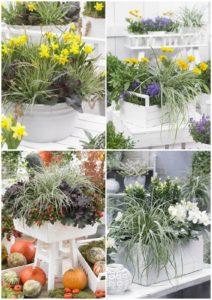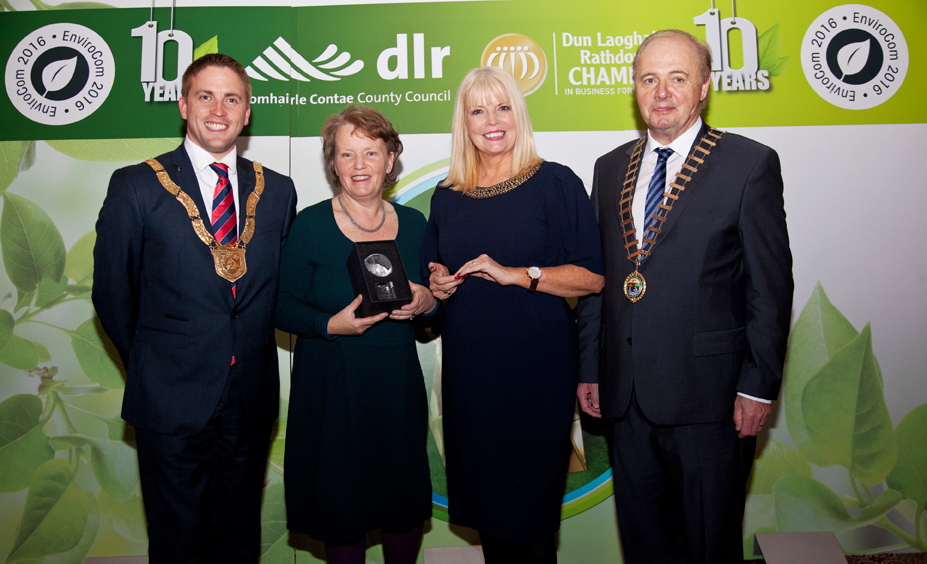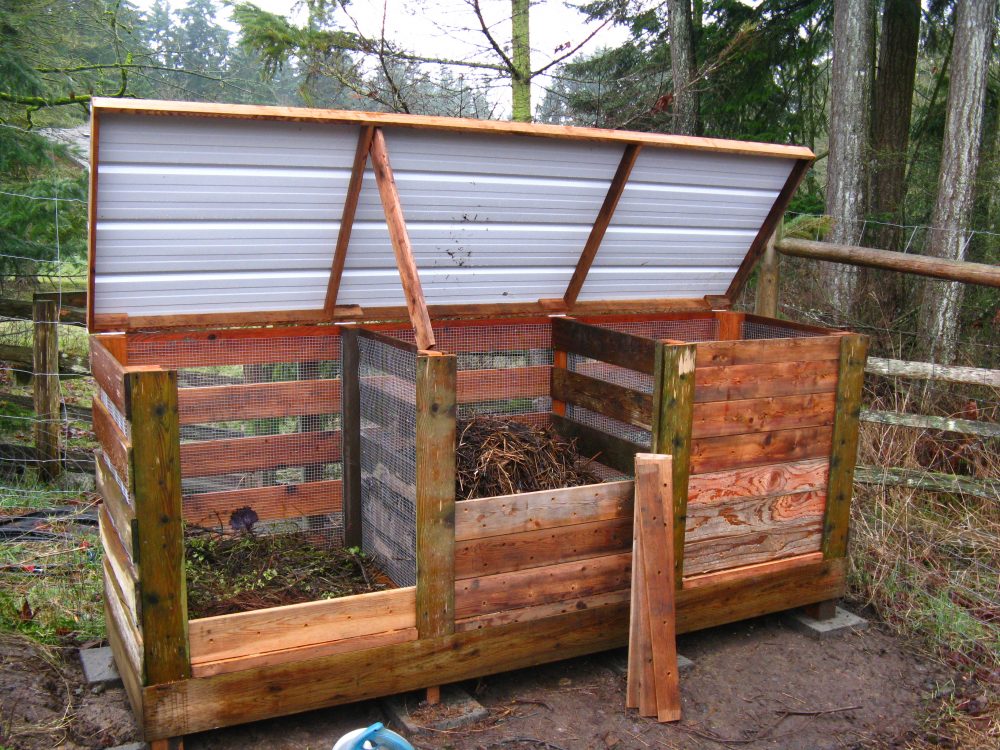Growing your own fruits, veggies, and flowers from seeds is way less intimidating.
If you are like many gardeners, you have never tried growing your own plants from seed. Or, if you have tried, maybe your seedlings didn’t resemble those you see at the garden centre each spring, and you’re wondering how you can do better.
Rest assured, starting your own seedlings is fun, easy, and well worthwhile. By growing your own transplants, you can choose from hundreds of unusual varieties—including those with tolerance to heat or cold, disease resistance, and unmatched flavour—that simply aren’t available at garden centres. Plus, you’ll have the satisfaction of knowing that you’ve grown your entire garden organically right from the very start.
Choose A Fine Medium
For healthy seedlings, you’ve got to give them a loose, well-drained medium (seed-starting mix) composed of very fine particles. You can buy a seed-starting mix at your local garden centre. Don’t use potting soil—often, it’s too rich and doesn’t drain well enough for seedlings. Living Green Donegal compost is excellent for all of this.
I have it here in Dalkey Garden School for sale.
Assemble Your Containers
Many gardeners start their seeds in leftover plastic “six packs” from the garden centre, empty milk cartons, or Styrofoam cups. If you don’t have containers on hand, you can buy plastic “cell packs,” individual plastic pots, or sphagnum peat pots. Or make your own pots from newspaper or egg cartons. Whatever you use, be sure your containers drain well (usually through holes in the bottoms of the containers).
Set the pots inside a tray so that you can water your seedlings from the bottom (by adding water to the tray) rather than disturbing them by watering from the top. You can buy seed-starting trays at garden centres.
Plant Your Seeds
Moisten your seed-starting mix before you plant your seeds. If you water after you plant the seeds, they can easily float to the edges of the container—not where you want them to be. To moisten the mix, simply pour some into a bucket, add warm water, and stir. After about 8 hours (or when the mix has absorbed the water), fill your containers with the moistened mix. Cold compost can be a bit of a shock and slow germination (waking seed).
Plant at least two, but no more than three, seeds per container (this is to allow for the presence of a sterile seed).
The seed packet usually tells you how deep to plant, but a good rule of thumb is three times as deep as the seeds’ smallest diameter. (Some flower seeds require light to sprout—if that’s the case, simply lay the seeds on the surface of the mix, then tamp them in gently with your finger.)
After you’ve planted your seeds, cover the tray loosely with plastic to create a humid environment. At 20° to 25°C, your seeds should sprout just fine without any supplementary heat. If the room temperature is cooler than that, you can keep the seeds warm by setting the tray on top of a heating mat made specifically for starting seeds, a Propagator or on a warm window sill. Cover seed trays creating a micro environment. Wipe off excess moisture, and check your trays daily. As soon as you see your seeds sprouting, remove the plastic covers and immediately pop the trays beneath lights.
You can invest in grow lights (which provide both “warm” and “cool” light), but many gardeners have good results with standard 1m. fluorescent shop lights. Set your seedlings as close to the light as possible—100mm away is about right. When seedlings don’t get enough light, they grow long, weak stems. As the seedlings grow, raise the lights to maintain the proper distance.
And don’t worry about turning off the lights at night. Contrary to popular belief, seedlings don’t require a period of darkness. Fluorescent lights are only one-tenth as bright as sunlight, so your seedlings will actually grow better if you leave them on continuously, and not a s leggy. If this happens pinch out the growing tip and this will also help to bush out the seedling helping it become a stronger plant, with a tighter root structure.
Feed And Water
Your seedlings will need a steady supply of water, but the soil shouldn’t be constantly wet. The best method is to keep the containers inside a tray, water from the bottom, and allow the soil inside the containers to “wick up” the water.
If you’re growing medium contains only vermiculite and peat (as many seed-starting mixes do), you’ll also need to feed your seedlings, using Living Green really helps here because of the worm casts in the peat. When the seedlings get their first “true” leaves (not the tiny ones that first appear, but the two that follow), mix up a very weak fish emulsion solution (details later) or a weak multipurpose liquid feed add it to the seedlings’ water every other week. As the plants grow bigger, gradually increase the strength of the mixture or else “pot on” once the roots are filling the container, either or into the ground.
Tomato, courgette, and pumpkin seeds should push their sprouts through the surface of the mix in a few days. Peppers sprout in about a week. And some seeds, such as parsley, can take as long as 3 weeks to sprout—so be patient! Parsley could be pre-soaked to help speed up the process.
NB Remember to Label!!! Name of seed / date. Make sure you use a permanent marker. It is scary how quickly we forget what we plant and also date as some seedlings can take some time to germinate and we can then be nicely surprised!
You have now completed Step No 1 – well done!



 1. Proper plant selection. Select the right plants for the container and growing conditions.
1. Proper plant selection. Select the right plants for the container and growing conditions.





